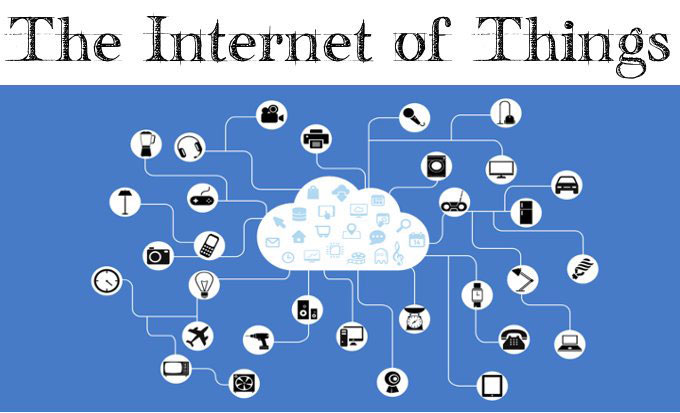by Rishi Bhargava
This article is the first in a two-part series. Read the second part here.
The Internet of Things has become one of the most critical elements of technology for enterprises ranging from municipalities to manufacturers. Like other disruptive technologies such as cloud computing and mobile devices, IoT broadens the threat surface and has created issues for system on chips (SOCs), especially when it comes to incident response. Despite the security challenges, an increasing number of organizations are embracing IoT for a variety of reasons.
- IoT offers new opportunities for businesses. Connected devices generate data that businesses need to better understand their customers’ habits and needs. They can also provide insights that help businesses better coordinate their supply chain or monitor inventory levels across locations separated by hundreds or even thousands of miles.
- IoT can enhance profitability or help non-profits reduce their costs. As the costs related to IoT components – including sensors, GPS devices and cloud services – continue to decrease, the potential for cost savings has increased. By harnessing IoT technology, businesses will continue to find creative methods for driving revenue growth, improving productivity and enhancing operating efficiencies.
- IoT can improve decisions. The increase in connected smart devices has fostered an atmosphere in which fact-checking has become faster and data can be accessed in real time. These enhanced capabilities can make it easier for managers to arrive at informed decisions rather than rely on outdated information or guesswork.
- IoT can help citizens as well as government agencies to function more efficiently. Municipalities can employ IoT technology for smart traffic control, managing the power grid, coordinating waste management and many other services. Law enforcement agencies and other emergency personnel can respond more efficiently. Automated services and collaboration across multiple agencies can save time for citizens and reduce their frustration with bureaucratic “red tape.” Connected devices can manage the purchase and payment of tolls or fares for public transportation.
- Manufacturers are finding new ways to use connected devices to improve quality and optimize processes. Machines that learn and communicate can self-diagnose and schedule their own preventive maintenance, reducing downtime on the production floor. Controls can be integrated and networked to make things easier for human operators.
- IoT can enhance security in certain situations. Adding sensors and cameras can make it possible to protect homes and workplaces against threats. Activity can be monitored remotely or devices can automatically notify the appropriate party to respond.
Rishi Bhargava is the co-founder and vice president of marketing at Demisto.




